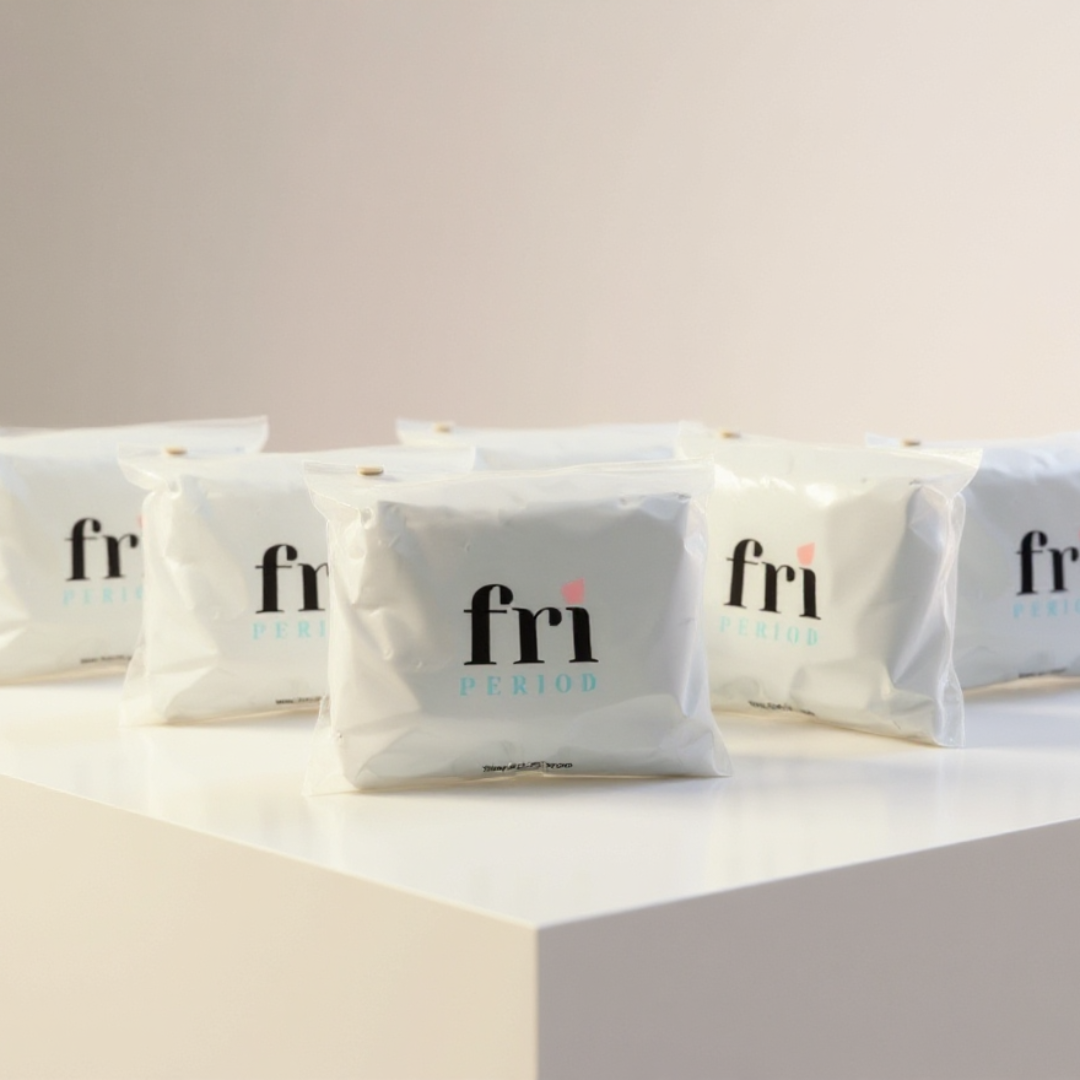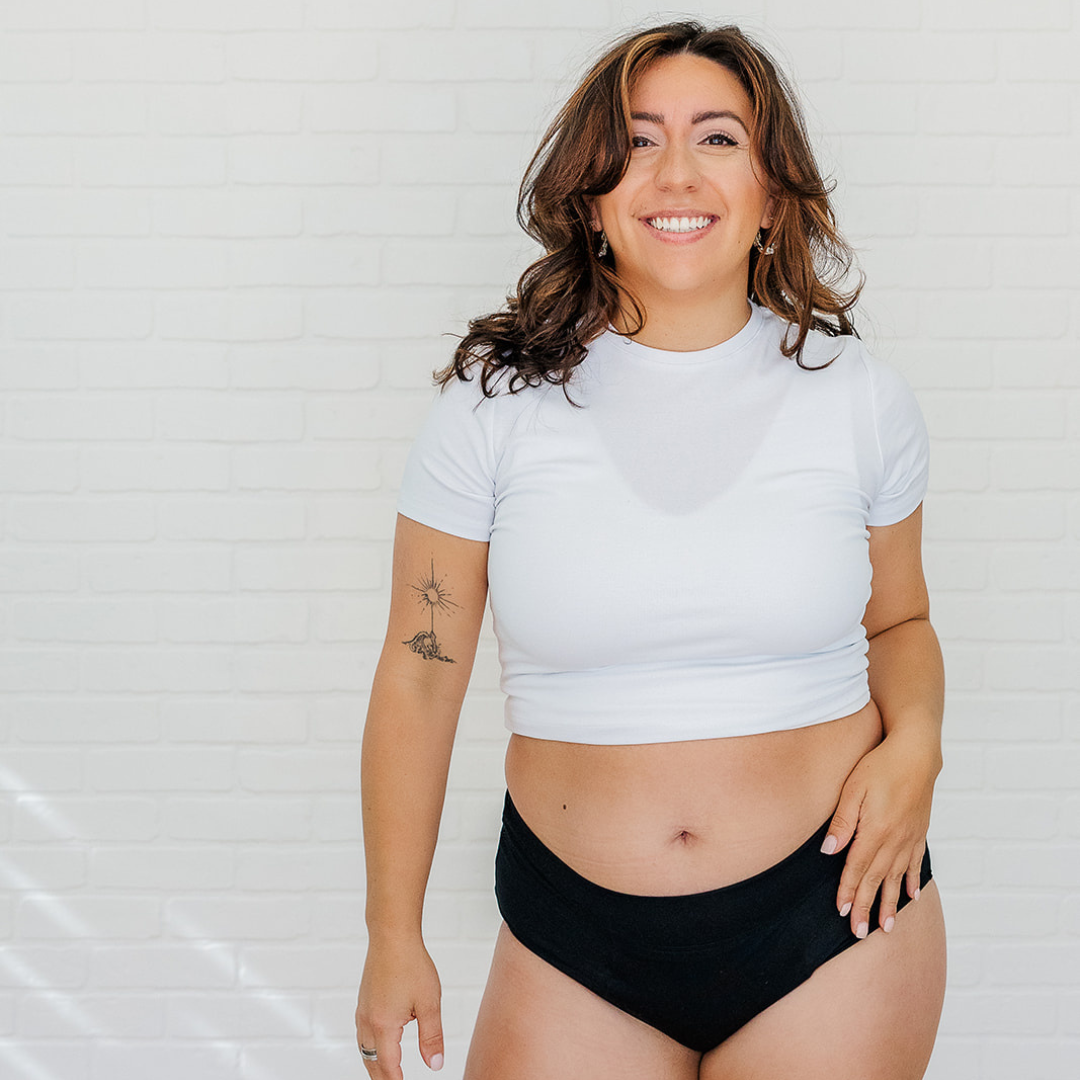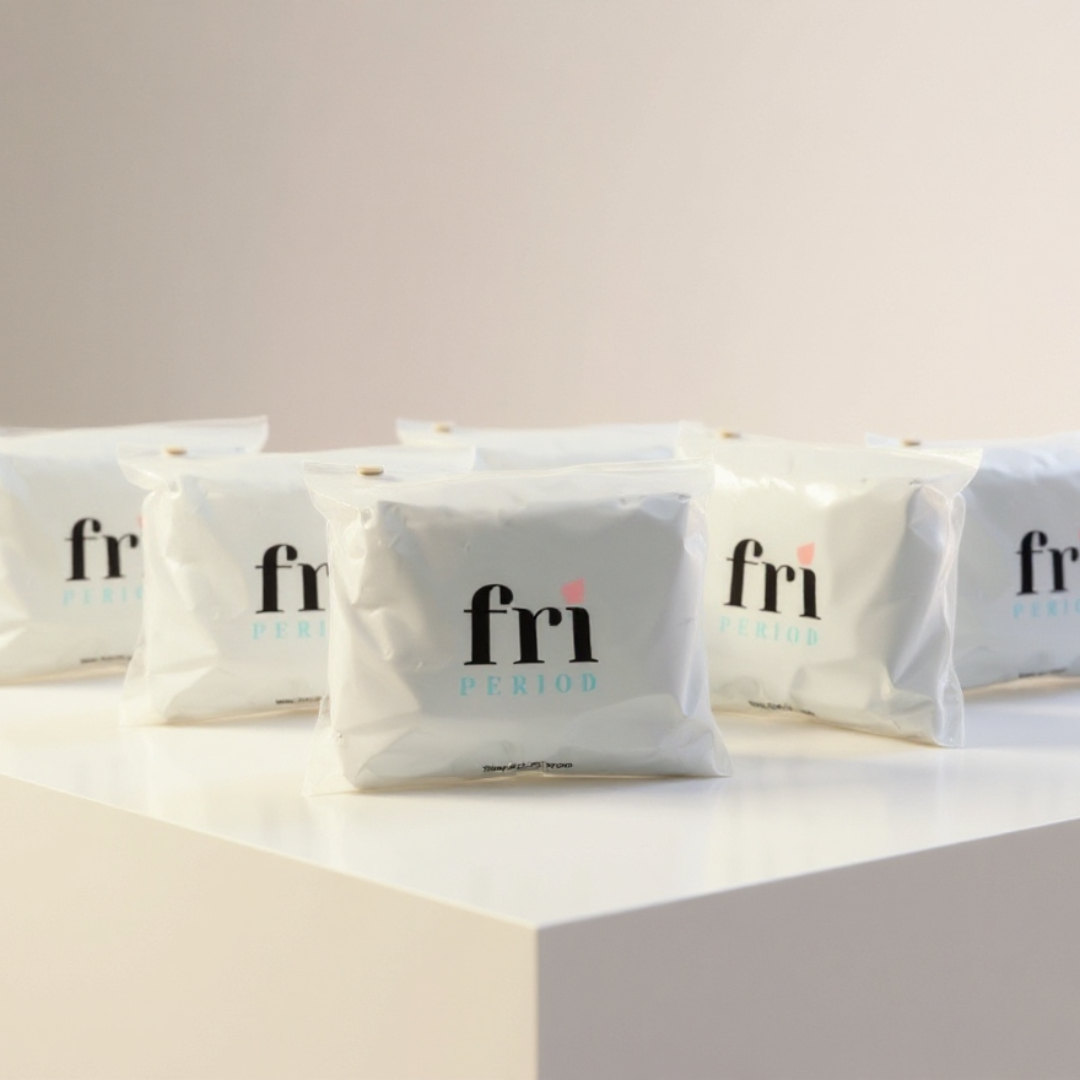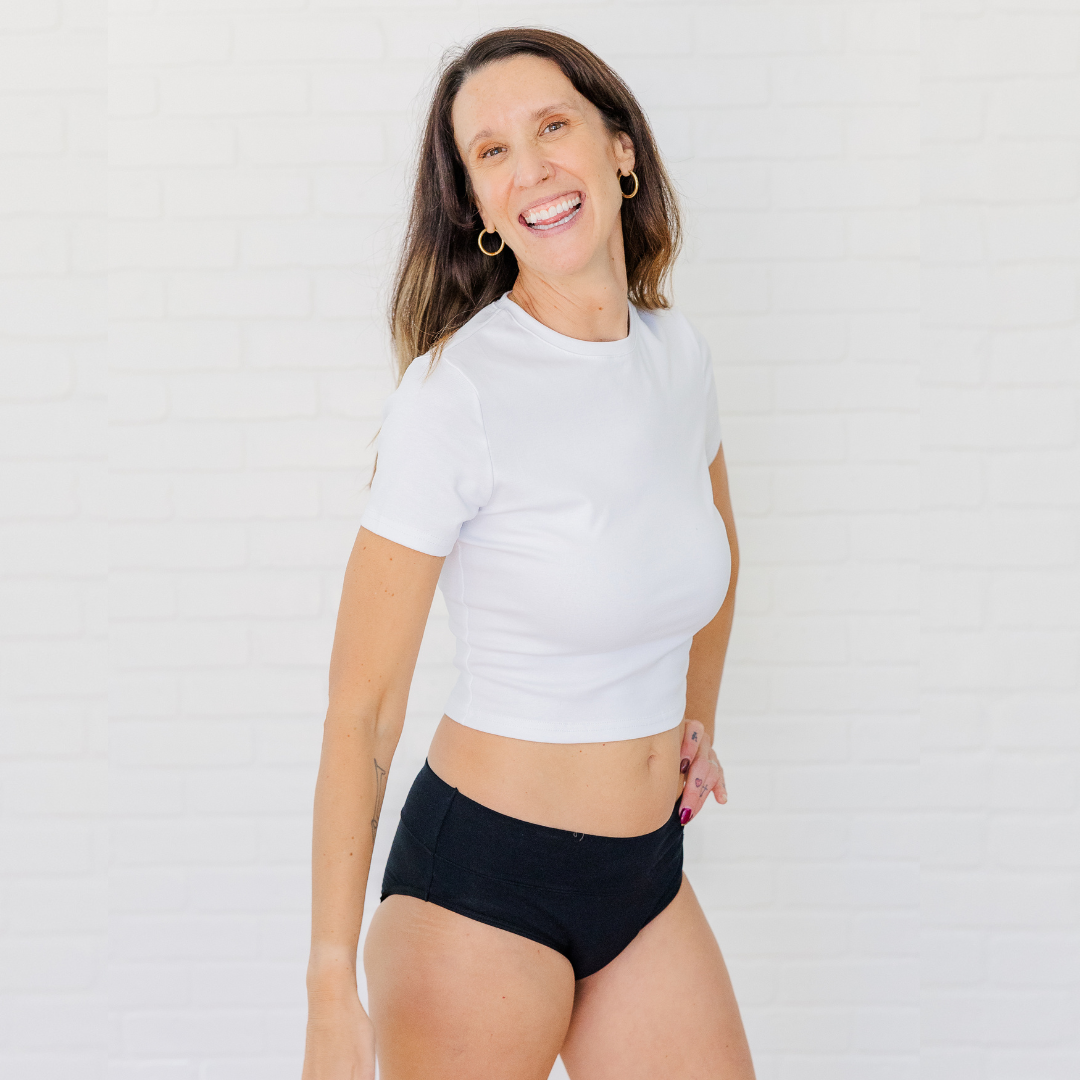Beyond the breakout - how your cycle affects your skin
Despite being your largest organ, your skin is pretty sensitive. It reacts to fluctuations in hormone levels throughout your cycle, causing changes in texture, oiliness, and even sensitivity.
Read on as we explore the science behind these skin changes and provide practical skincare tips to help you maintain healthy, glowing skin throughout your cycle.
MENSTRUAL CYCLE BASICS
The menstrual cycle typically lasts around 28 days and is divided into four main phases:
- menstruation (a.k.a. your period);
- follicular;
- ovulation; and
- luteal.
Each of these unique phases is characterized by different hormonal levels, particularly estrogen and progesterone. As well as affecting how you feel (both emotionally and physically), these fluctuations can affect your skin in various ways. Basically, you're a human rollercoaster! 🎢
Phase 1. Menstruation (Days 1-5)
- What's going on inside: During menstruation, hormone levels, including estrogen and progesterone, are at their very lowest.
- And on the surface: Lower estrogen levels can lead to dryness and dullness in your skin. The skin barrier might be more compromised, making it prone to sensitivity and irritation.
- Tips: Focus on hydration and soothing products. Use a gentle cleanser, a hydrating moisturizer, and avoid harsh exfoliants (as tempting as it might be!). Look for ingredients like hyaluronic acid, glycerin, and ceramides to lock in that nourishing moisture.
Phase 2. Follicular Phase (Days 6-14)
- What's going on inside: Estrogen levels start to rise (yay!), peaking just before ovulation. This hormone helps to boost collagen production and maintain your skin’s elasticity and hydration.
- And on the surface: Slay! Your skin tends to look its best during this phase, appearing more hydrated, plump, and clear. Basically you're a walking skincare ad... maybe she's born with it. 😉
- Tips: This is a good time to introduce active ingredients like alpha hydroxy acids (AHAs) and beta hydroxy acids (BHAs) for gentle exfoliation and improved skin texture. Maintain hydration with a good moisturizer and consider adding a serum with antioxidants like vitamin C to double up on that glow.
Phase 3. Ovulation (Around Day 14)
- What's going on inside: Ovulation triggers a surge in luteinizing hormone (LH) and a slight increase in testosterone.
- And on the surface: Testosterone is awesome in that it makes you feel super confident, ambitious and like an unstoppable force. Buuuut, it can also cause your skin to produce more oil and so this is what can contribute to those pesky PMS breakouts.
- Tips: Continue with gentle exfoliation to keep those pores clear. If you’re prone to breakouts, consider using a salicylic acid cleanser or a clay mask to control excess sebum. Keep your skin hydrated and avoid over-drying treatments.
Phase 4. Luteal Phase (Days 15-28)
- What's going on inside: Progesterone levels rise after ovulation, which can increase the product of sebum. Estrogen levels fluctuate and then drop (unless you're pregnant - then that's a whole new pattern!).
- And on the surface: The increase in oil production can lead to breakouts (it hardly seems fair!), especially around the chin and jawline. Some individuals may experience premenstrual acne, along with increased skin sensitivity and redness.
- Tips: Focus on balancing oil production and calming inflammation. Use non-comedogenic moisturizers and spot treatments with ingredients like benzoyl peroxide or tea tree oil. Incorporate calming ingredients like niacinamide and aloe vera to reduce redness and soothe the skin.
CONCLUSION
Your skin undergoes various changes throughout your menstrual cycle, driven by the rollercoaster that is our hormones.
Although we can't provide a magical cure and everyone is very different, there is benefit in understanding these changes. Making small tweaks to your skincare routine throughout the month can have major benefits. If you give it a go, let us know how you get on! 🩷





